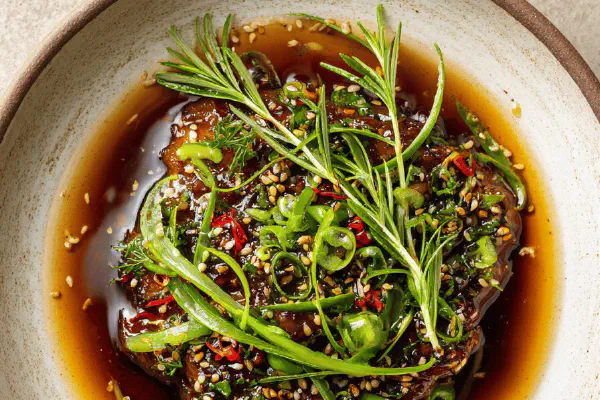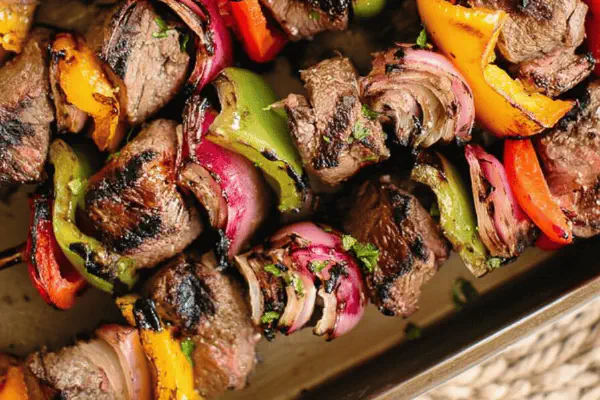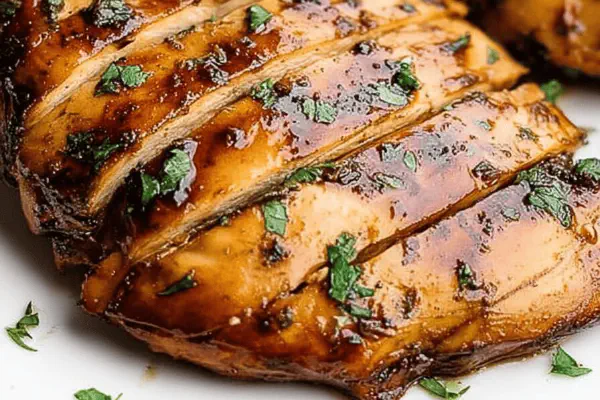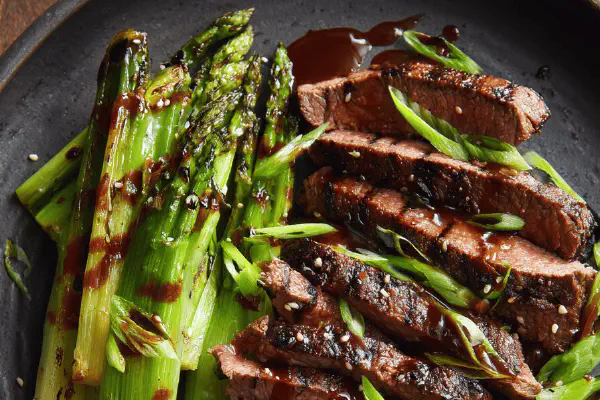Honey Lime Twist Marinade

By Emma
Certified Culinary Professional
Ingredients
- 45 ml olive oil (3 tbsp)
- About juice of 1 whole lime (approx 60 ml)
- 10 ml (2 tsp) pure maple syrup, as substitute for honey
- 1 small shallot, minced finely instead of garlic
- 10 ml (2 tsp) low-sodium soy sauce added for umami punch
About the ingredients
Method
- Start with a shallow glass or ceramic bowl, never metal - metallic taste creeps in.
- Pour in olive oil, then squeeze lime juice slowly, seeds discarded by hand to avoid bitterness.
- Add maple syrup; it won’t dissolve immediately but stir vigorously.
- Mix in minced shallot and soy sauce; imparts a sweet savory edge, different from garlic’s sharpness.
- Whisk hard until emulsified—oil separates if skipped, ruining coating consistency.
- Place protein (chicken, firm tofu, or veggies) inside a large ziplock; pour marinade over.
- Massage bag gently, get every surface coated—don’t skimp on hands-on mixing.
- Seal tightly, refrigerate between 6 to 9 hours. Too short? Meat won’t absorb. Too long? Tangy acid denatures proteins excessively, toughening texture.
- When ready, grill on hot coals or pan-fry. Watch grill marks—not just color, but slight crisp edges signal caramelized sugars.
- Discard leftover marinade to avoid cross-contamination; never pour unused raw meat marinade over finished dish.
Cooking tips
Chef's notes
- 💡 Start with glass or ceramic bowl only—metal warps acidity, turns flavor off fast, metallic bite creeps in. Use wooden spoon or silicone spatula; metal whisk can be okay but test. Emulsify oil and lime juice slow - pour oil in thin stream while whisking hard. Skip this step? Oil won’t bind, ends up slick on meat instead of coating evenly. Acid breaks metal, smell changes; metals mess with soy and maple notes too.
- 💡 Chill time critical. Six hours minimum for mild flavor in chicken breasts. Nine or more for thick tofu slabs or dense veg like eggplant. Too short? Protein won’t absorb acids or sugars enough. Too long? Acid breaks down texture till mushy. Watch marinade color turn opaque, slightly foggy—good sign ingredients interacting. Smell changes; sharp to mellow. Muscle fibers collapse if left over nine hours, especially with lime juice.
- 💡 Maple syrup swap for honey is subtle but key; maple adds molasses, earthiness, holds heat better - no burnt bitter edges on grill. Can use raw honey; flavor shifts floral, sweeter. Soy sauce for umami punch—low sodium preferred. Coconut aminos for soy allergy but less salty, different flavor profile. Fish sauce or miso paste works no soy, stronger flavors, use lightly. Adjust salt when swapping ingredients.
- 💡 Shallots instead of garlic soften harsh sharpness; brings gentle sweetness under heat, subtle crunch sometimes if not minced fine. Garlic overwhelms subtly-seasoned proteins, can turn bitter with acid. Mince finely; aromatics mix better that way. Soy sauce with shallots layers saltiness and deepest flavors but avoid overloading. Keep shallot fresh and small; too much turns punchy.
- 💡 When massaging marinade into protein in ziplock bags, go hands-on thoroughly—air pockets stop marinade penetration, leave bland spots inside. Bag should cling tightly after massage, coating every surface. Squeeze bag gently but firmly, rotate often during marinade period. Don’t skimp; hands get messy but gives better flavor coverage and texture before grilling or pan-frying.
Common questions
Why avoid metal bowls?
Acidity in lime juice corrodes metal faster; metallic aftertaste forms. Alters soy sauce, maple syrup too. Glass or ceramic keep flavors clean, stable. Metal spoons same caution—test or use alternatives.
Can I shorten marination time?
Yes but sacrifice flavor depth. Minimum 6 hours for chicken breast but thicker cuts or tofu need closer to 9. Acid needs time to break tissue, sugar to seep in. Rushing means weak punch, less tender meat.
What if marinade turns slimy?
Usually acid breakdown gone too far. Texture softens, can smell weird. Fix—rinse protein quickly in cold water, pat very dry before cooking. Use less lime next time or reduce marinade time. Slimy means mushy, beyond rescue in flavor.
How do I store leftover marinade?
Raw meat contact always means discard. To save, boil vigorously minimum 5 minutes to kill bacteria, cool, then use as glaze or sauce. Refrigerate in airtight container max 2 days. Never reuse raw marinade without cooking fully first.



